Will Kale Grow In Containers: Tips On Growing Kale In Pots
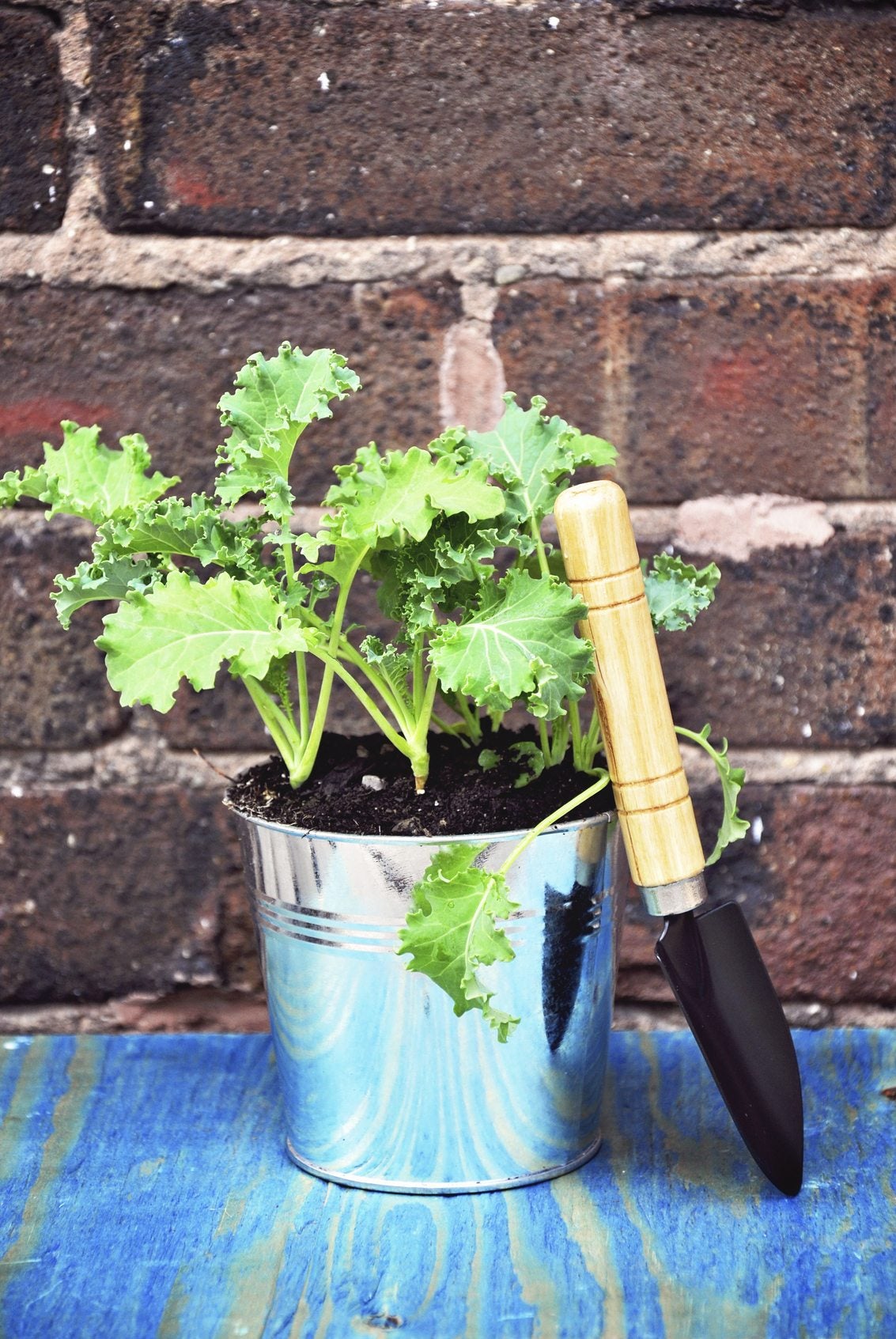
Kale has become extremely popular, notably for its health benefits, and with that popularity has come an increase in its price. So you might be wondering about growing your own kale but perhaps you lack garden space. What about container-grown kale? Will kale grow in containers? Read on to find out how to grow kale in containers and other information on potted kale plants.
Will Kale Grow in Containers?
Yes, kale (Brassica oleracea) will grow in containers, and not only that, but it’s easy to grow your own potted kale plants and they don’t need much space. In fact, you can grow one or two kale plants in a pot along with your annual flowers or perennials. For a bit more drama, you can add colorful Swiss chard (Beta vulgaris) into the mix for another supply of healthy greens. If you comingle the kale with other annuals and perennials, be sure to use those that have the same requirements in light, water, and fertilization.
How to Grow Kale in Containers
Kale is a biennial, cool weather crop that will grow in a container year-round in many regions, except during the hottest part of the summer. Kale is suited to USDA zones 8-10. Choose a sunny location for the container with at least 6 hours of direct sun when growing kale in pots. Kale plants require rich, well-draining soil with a pH of 6.0-7.0. Choose a pot with a diameter of at least a foot (0.5 m.) across. For larger containers, space the plants 12 inches (30.5 cm.) apart. Use good quality potting soil (or make your own). You can directly seed after all danger of frost has passed for your region in the spring or you can plant seedlings.
Care for Container Grown Kale
Although kale needs sun, it can wilt or die if it gets too much, so mulch around the base of the plants with straw, compost, pine needles, or bark to retain moisture and keep the roots cool. Keep the kale watered with 1-1 ½ inches (2.5-3 cm.) of water per week; the soil should be moist down to an inch (2.5 cm.) into the soil. Since potted plants dry out faster than those in the garden, you may need to water container-grown kale more often during hot, dry periods. Fertilize with a tablespoon (15 mL.) of 8-4-4 water-soluble fertilizer mixed into one gallon (4 L.) of water once every 7-10 days when growing kale in pots. Many pests can affect kale, so here are some tips that should help:
- If you notice mites or aphids on the plants, treat them with a topical insecticidal spray.
- Pick off any caterpillars. Spray the kale with Bacillus thuringiensis at the first sign of cabbage moths or worms.
- To protect the kale from harlequin bugs, cover it with tulle (fine netting).
- Sprinkle the surrounding soil with slug and snail bait, diatomaceous earth, or set up a slug bait of your own making because you’re going to need it! The slugs love kale and it’s a constant battle to see who gets the most of it.
Harvest the kale from the bottom of the stalk upward, leaving at least four leaves on the plant for continuous growth. If you have planted the kale in amongst other decorative, flowering plants and this looks unsightly to you, remove the plants and reseed or tuck in new kale seedlings.
Gardening tips, videos, info and more delivered right to your inbox!
Sign up for the Gardening Know How newsletter today and receive a free copy of our e-book "How to Grow Delicious Tomatoes".

Amy Grant has been gardening for 30 years and writing for 15. A professional chef and caterer, Amy's area of expertise is culinary gardening.
-
 Looking For Plants To Give You The Soft And Fuzzies? Try These 5 Fuzzy Leaf Plant Options
Looking For Plants To Give You The Soft And Fuzzies? Try These 5 Fuzzy Leaf Plant OptionsLovers of texture, drama, silver foliage and tactile plants will adore these special sensory garden additions. These fuzzy leaf plant options will leave you all aglow
By Susan Albert
-
 Get Ready For A Summer Of Hummers! Grow These Full Sun Hummingbird Plants and Flowers
Get Ready For A Summer Of Hummers! Grow These Full Sun Hummingbird Plants and FlowersIf you’re lucky enough to enjoy a sunny backyard, make sure you are maxing out on your pollinator opportunities and grow these full sun hummingbird plants and flowers
By Tonya Barnett
-
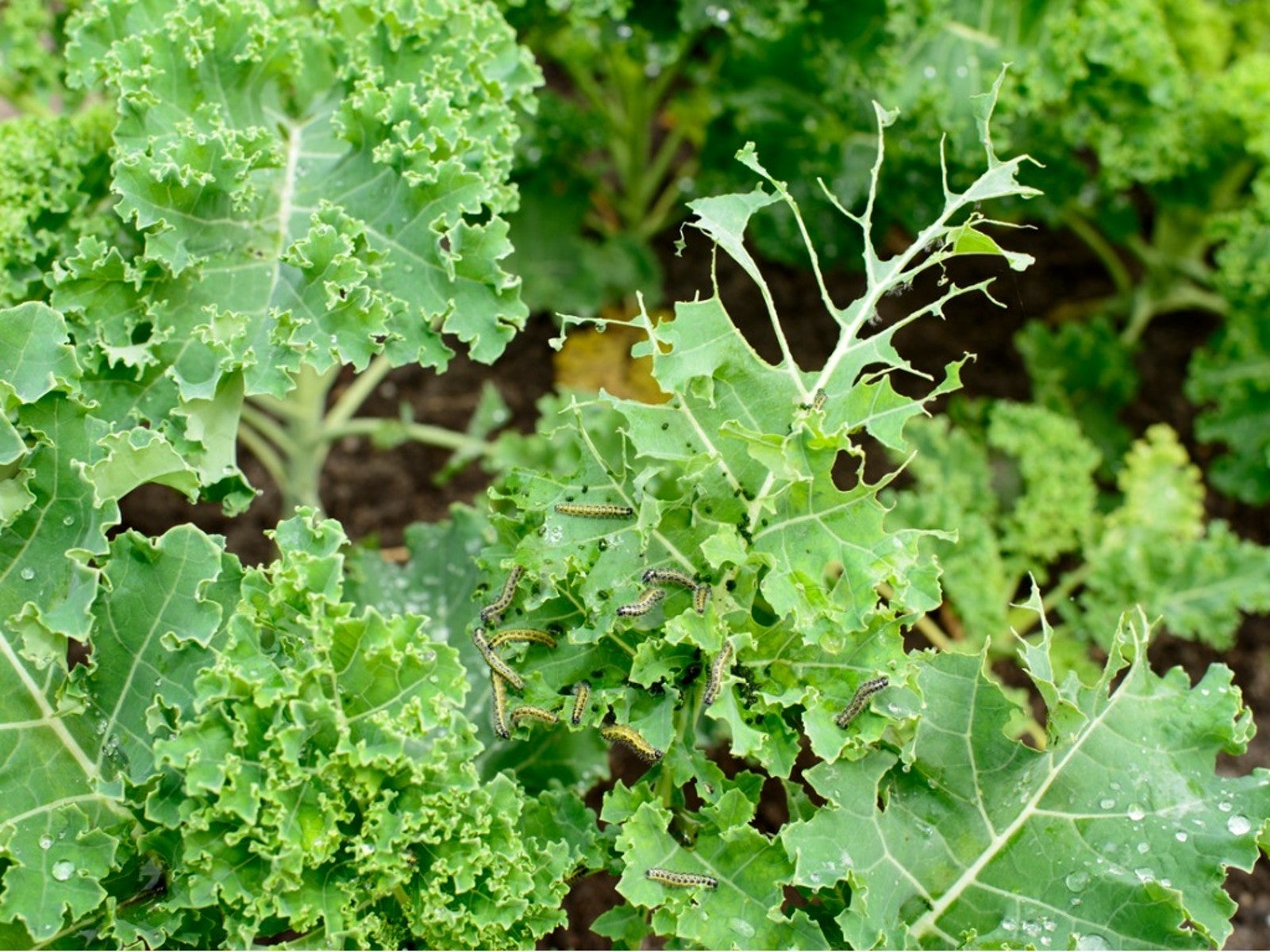 Kale Pests And Diseases That Plague Fall Gardens
Kale Pests And Diseases That Plague Fall GardensLearn how to recognize and eliminate the diseases and pests that attack your yummy kale plants.
By Laura Miller
-
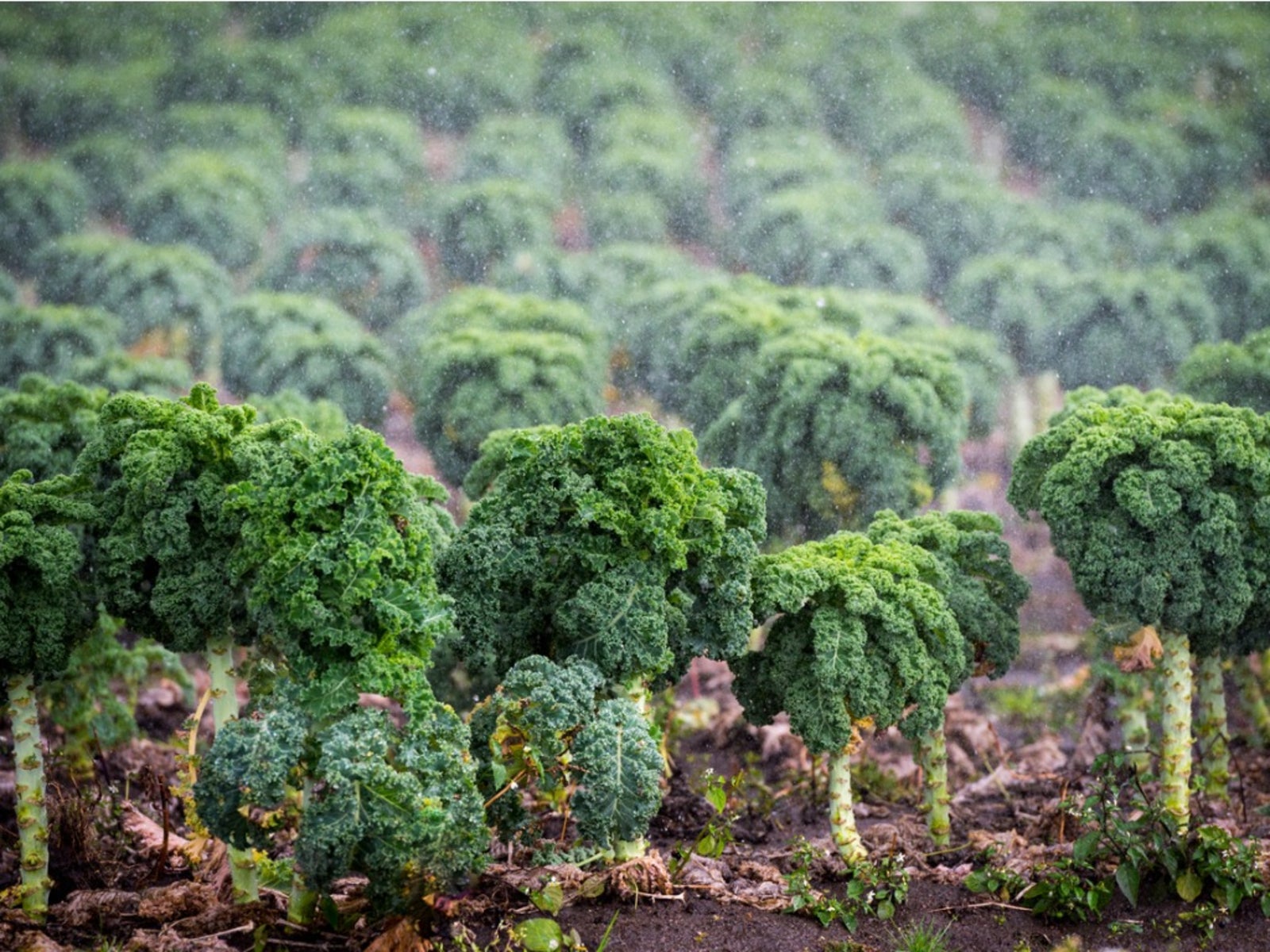 My Kale Is Bolting: How To Stop Kale Bolting
My Kale Is Bolting: How To Stop Kale BoltingYou walk to your garden one fine summer day only to find your kale is bolting. Although this can be frustrating, you can learn how to stop it from happening again.
By Laura Miller
-
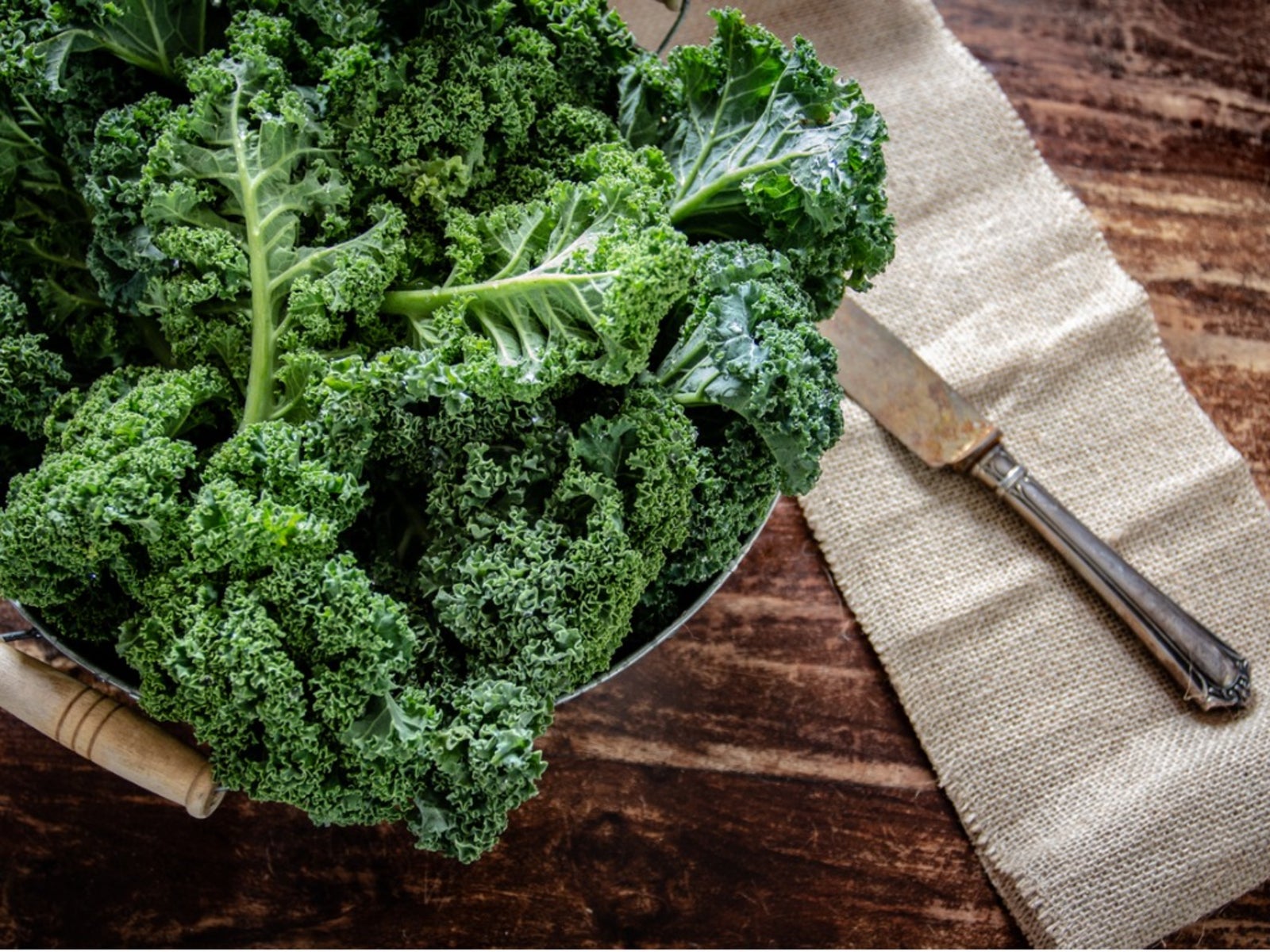 Different Uses For Kale – How To Use Kale Plants Post Harvest
Different Uses For Kale – How To Use Kale Plants Post HarvestHave you wondered what to do with kale that's growing in your garden? Click here for some of the many uses for kale.
By Laura Miller
-
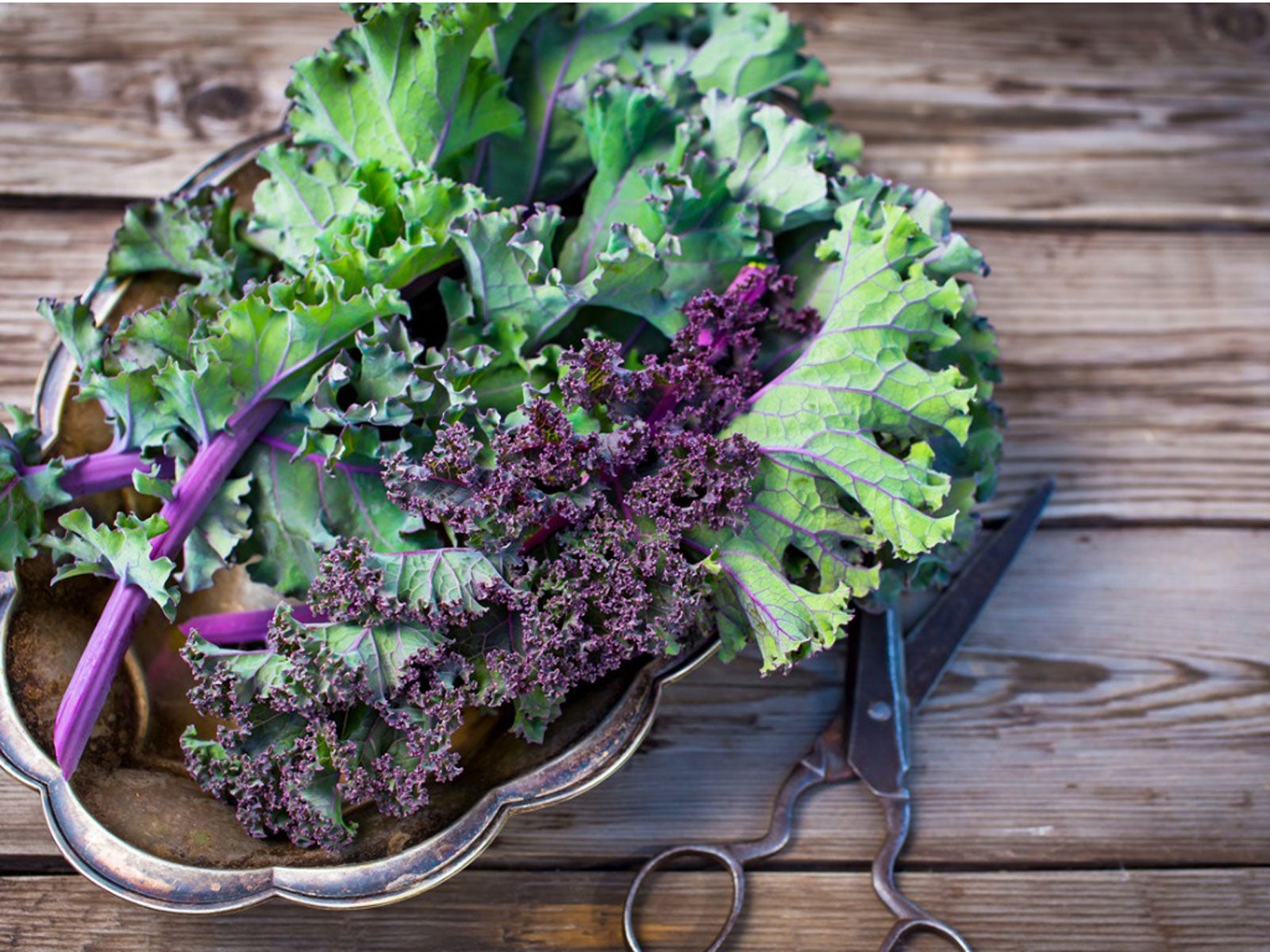 Prickly Kale Leaves – Does Kale Have Thorns
Prickly Kale Leaves – Does Kale Have ThornsDoes kale have thorns? Most gardeners would say no, yet this question is occasionally asked. Click here to explore reasons kale is prickly.
By Laura Miller
-
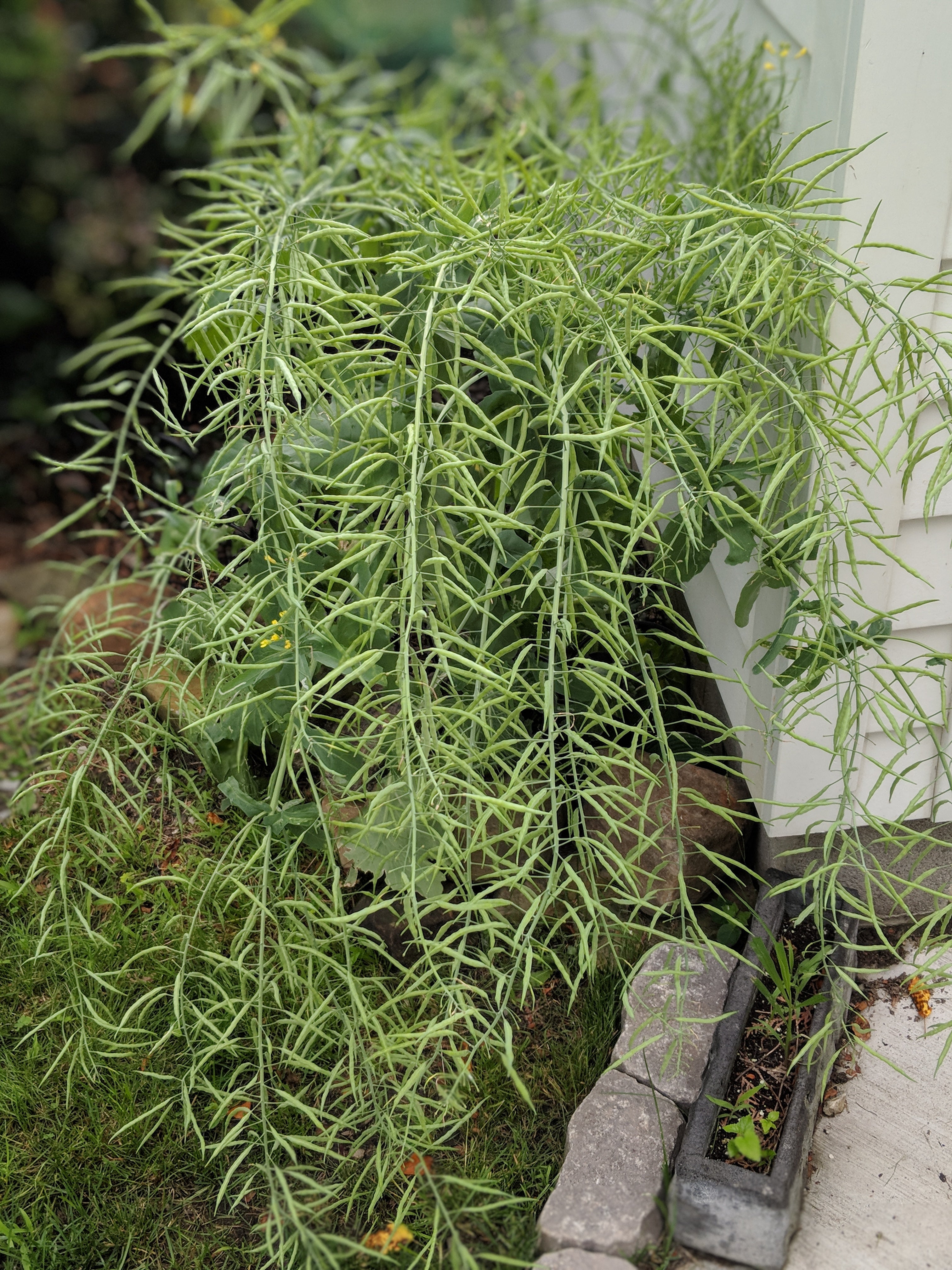 Saving Kale Seeds – Learn How To Harvest Kale Seeds
Saving Kale Seeds – Learn How To Harvest Kale SeedsNoted for its use in the kitchen, kale is an easy-to-grow leafy green that thrives in cooler temperatures. Unlike many common garden vegetables, kale plants are actually biennials. In this article, we will discuss how to harvest kale seeds so you can plant another crop.
By Tonya Barnett
-
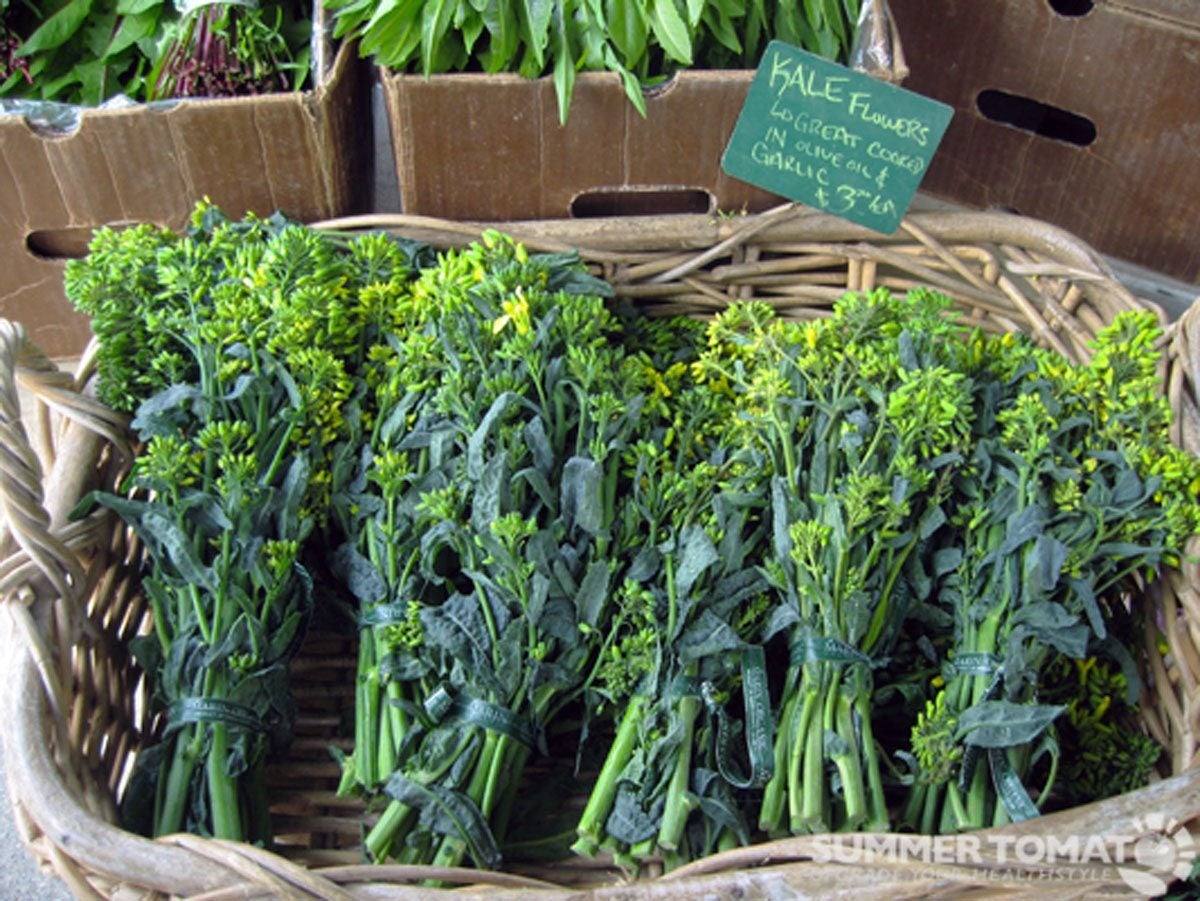 Kale Rabe Information: How To Grow Napini Kale In The Garden
Kale Rabe Information: How To Grow Napini Kale In The GardenWhat's napini? Napini is sometimes called kale rabe so you can see where this is starting to get confusing. Don't worry, the following kale rabe information will straighten it all out, plus tell you how to grow your own napini kale and its uses.
By Amy Grant
-
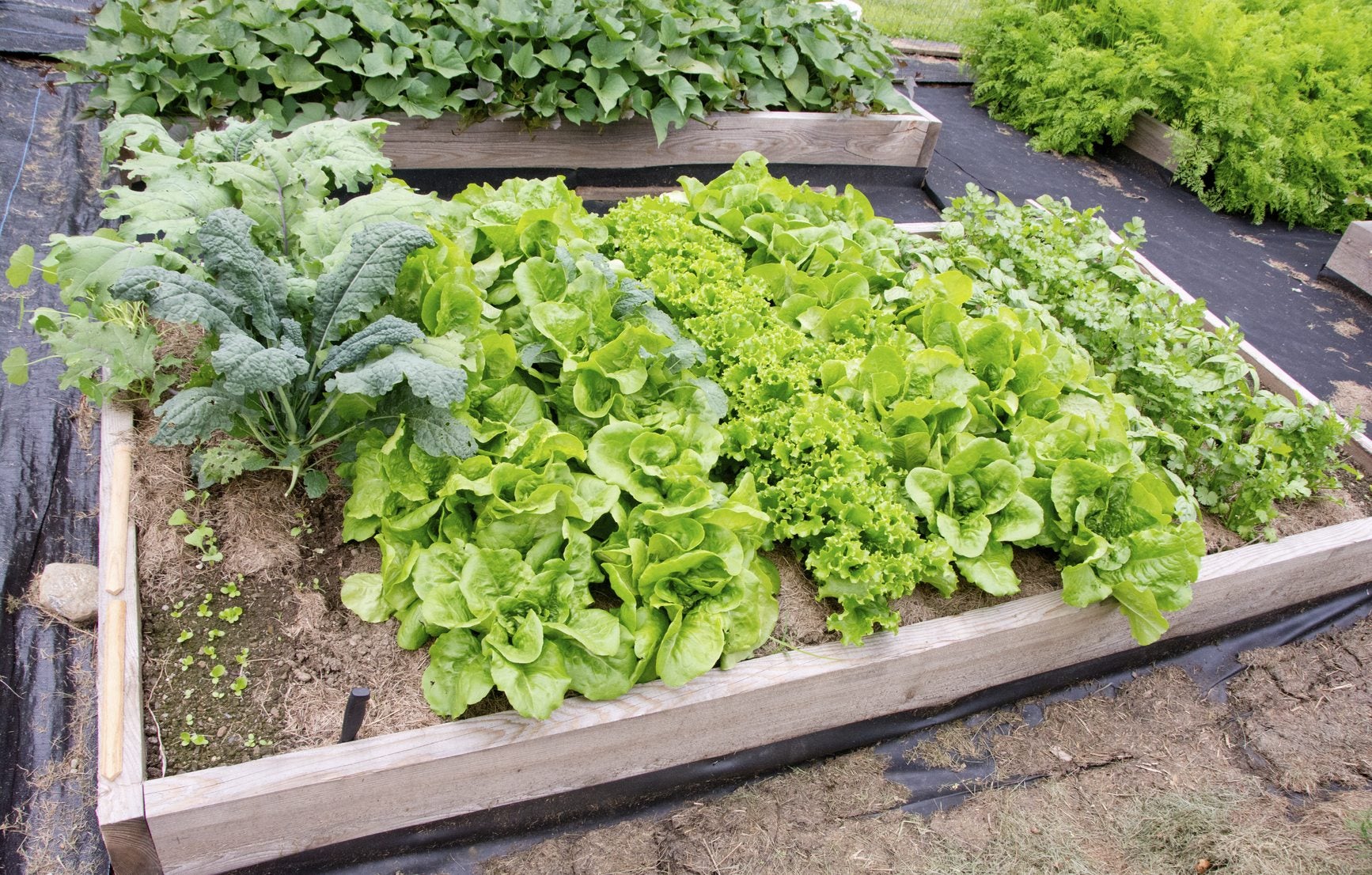 Kale Companion Plants: Learn About Plants That Grow Well With Kale
Kale Companion Plants: Learn About Plants That Grow Well With KaleKale is a cool weather green with ruffled leaves. Many plants grow well with kale - receiving and giving benefits to each other. So what are the best companion plants for kale? Find out about kale companion planting in this article.
By Amy Grant
-
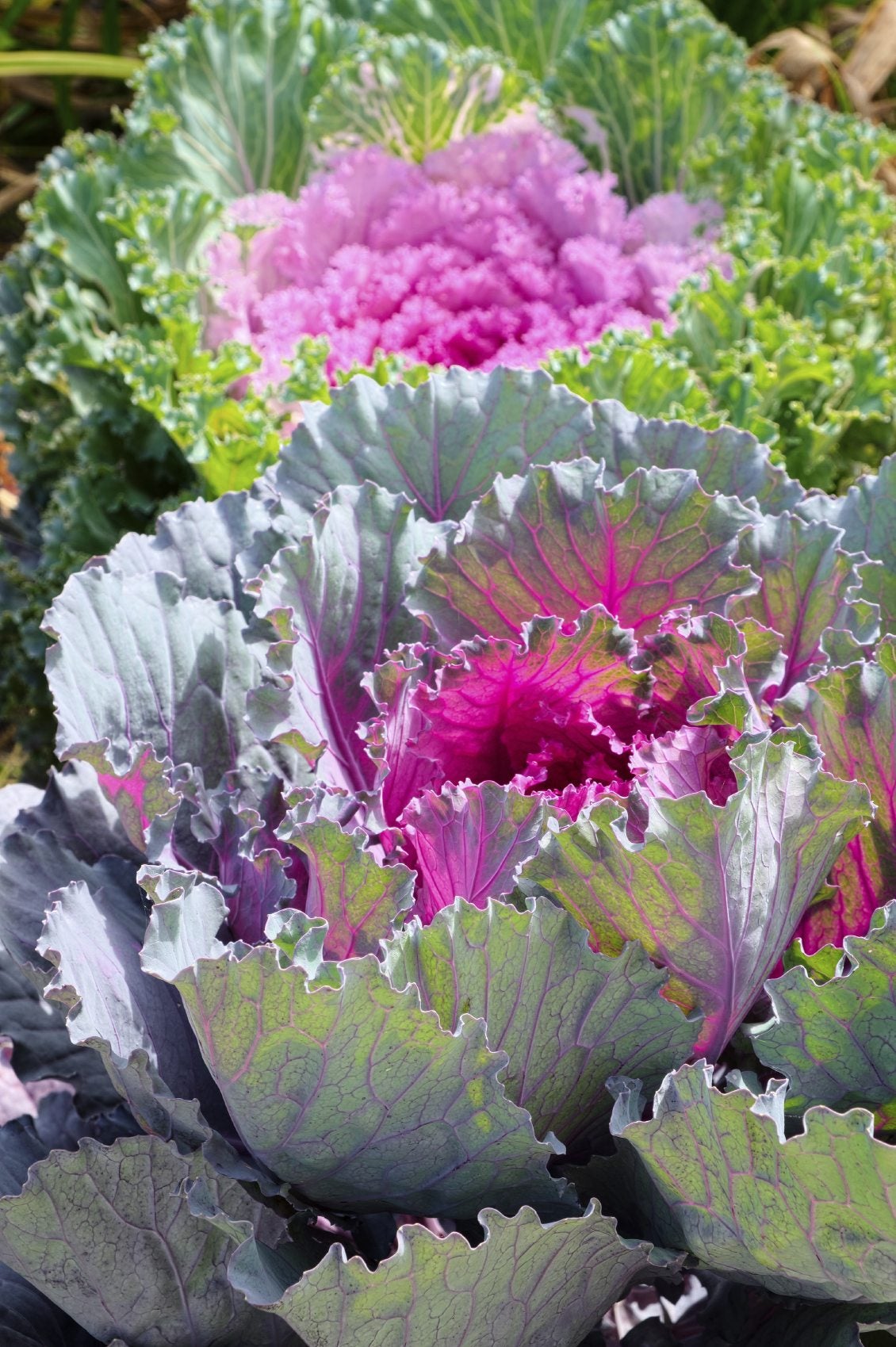 Growing Flowering Kale Plants: Information About Flowering Kale Care
Growing Flowering Kale Plants: Information About Flowering Kale CareTry some ornamental kale plants for a showy bright spot in the cold seasons. They're easy to care for and add color on those cloudy days.
By Marlie Graves